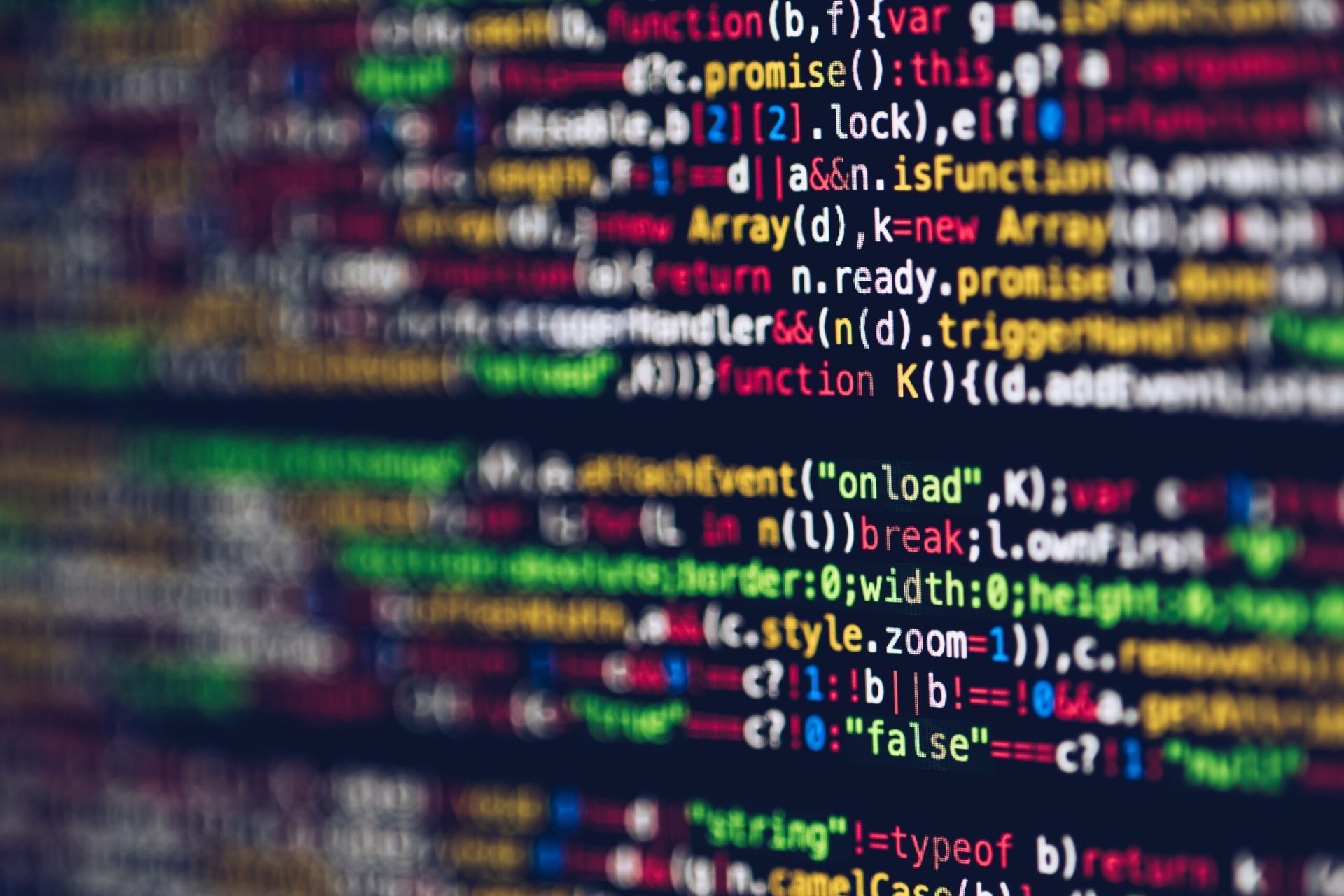Why Python Documentation Matters
Python documentation is an essential aspect of the software development process. It allows developers to understand how a codebase works, maintain and debug it, and collaborate more effectively. Good documentation also makes it easier for new developers to get up to speed quickly, reducing the learning curve and increasing productivity.
Creating thorough and comprehensive Python documentation is essential to ensure that your code is easy to understand, maintain, and extend. In this post, we’ll explore some best practices for creating effective Python documentation and introduce you to some useful tools that can help you generate and maintain it. For more resources on Python and other programming topics, don’t forget to visit our Kubernetes category.
Best Practices for Creating Python Documentation
Following best practices when creating Python documentation can significantly improve the quality and effectiveness of your documentation. Here are some tips to keep in mind:
- Be Clear and Concise: Keep your explanations simple and to the point. Avoid unnecessary jargon and try to use plain language to convey your message.
- Use Proper Formatting: Use PEP 8 and PEP 257 guidelines for formatting your code and documentation. Consistent formatting makes your code easier to read and understand.
- Include Examples: Provide code examples to illustrate how to use your functions, classes, and methods. Examples can help clarify complex concepts and make your documentation more accessible.
- Keep Documentation Up-to-Date: Update your documentation as you modify and improve your code. Outdated documentation can be more confusing than no documentation at all.
- Use Docstrings: Use docstrings to document your functions, classes, and methods directly in your code. This makes your documentation more maintainable and easier to find.
By following these best practices, you can ensure that your Python documentation is clear, accurate, and helpful for both you and your fellow developers.
Tools for Generating Python Documentation
There are several tools available to help you generate and maintain Python documentation. Some of the most popular tools include:
- Sphinx: Sphinx is a powerful documentation generator that can create documentation in various formats, such as HTML, PDF, and ePub. It can also automatically generate API documentation from your Python docstrings.
- Doxygen: Doxygen is a popular documentation generator for multiple programming languages, including Python. It can create documentation in various formats and extract comments from your source code to generate API documentation.
- Pydoc: Pydoc is a built-in Python module that can generate documentation from your Python docstrings. It can create both HTML and plain text documentation.
- pdoc: pdoc is a lightweight documentation generator that can create HTML documentation from your Python docstrings. It has a simple, clean, and responsive design that makes your documentation easy to navigate and read.
- MkDocs: MkDocs is a static site generator specifically designed for creating project documentation. It uses Markdown files to create your documentation, making it easy to write and maintain.
Each of these tools has its strengths and weaknesses, so it’s essential to choose the one that best fits your needs and preferences. Regardless of the tool you choose, remember that the quality of your Python documentation depends on the effort you put into writing clear, concise, and accurate docstrings and comments.
Python Documentation Example
Let’s take a look at an example of a well-documented Python function using a docstring:
def add(a, b):
"""
Add two numbers and return the result.
Args:
a (int): The first number to add.
b (int): The second number to add.
Returns:
int: The sum of the two numbers.
"""
return a + b
This simple example demonstrates the use of a docstring to provide clear and concise documentation for the function. The docstring explains what the function does, the expected input arguments, and the return value. By following this format consistently throughout your code, you can create effective Python documentation that will be easy to understand and maintain.
To sum up, proper Python documentation is crucial for making your code more accessible, maintainable, and collaborative. By following best practices, utilizing the right tools, and maintaining up-to-date documentation, you can create a valuable resource for yourself and your fellow developers. Don’t forget to explore our Kubernetes category for more articles and resources on Python and other programming topics.







